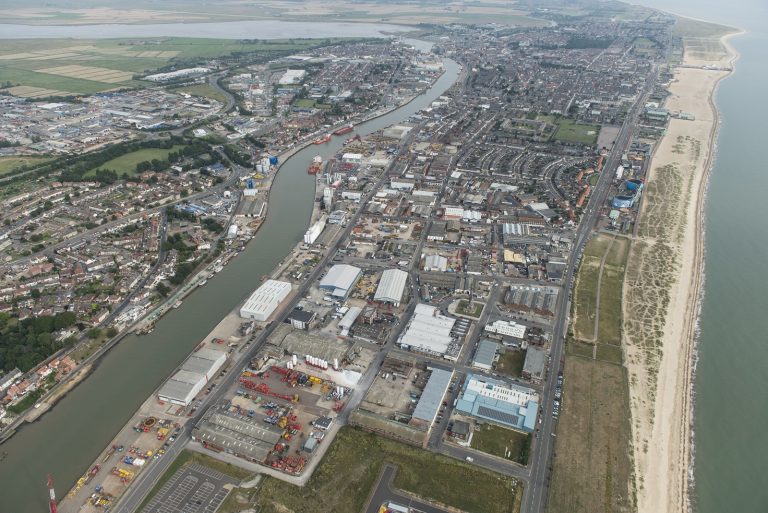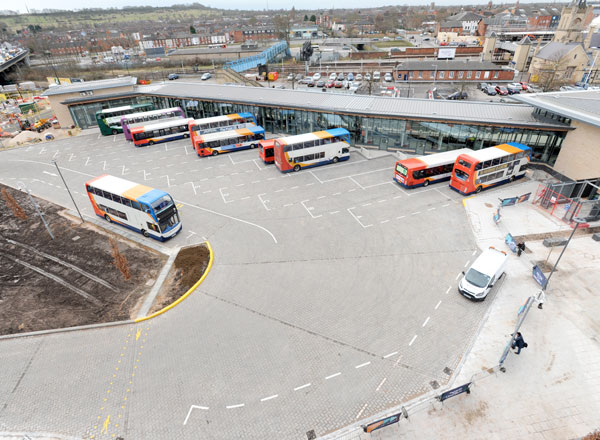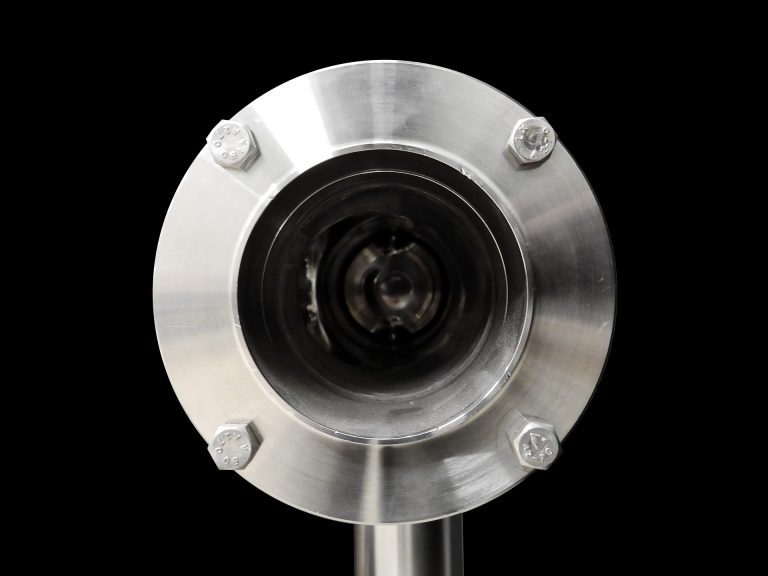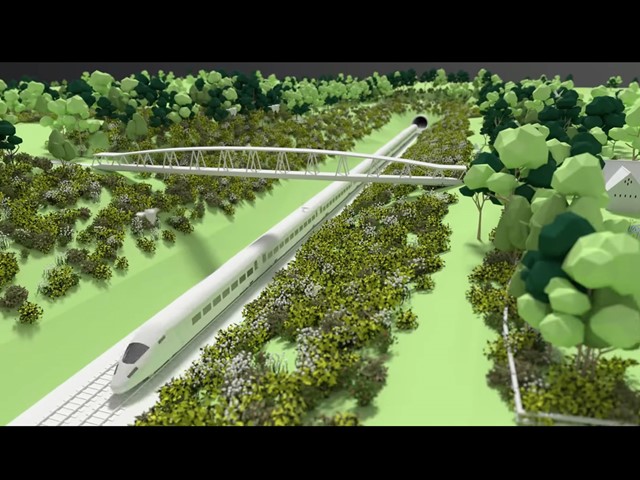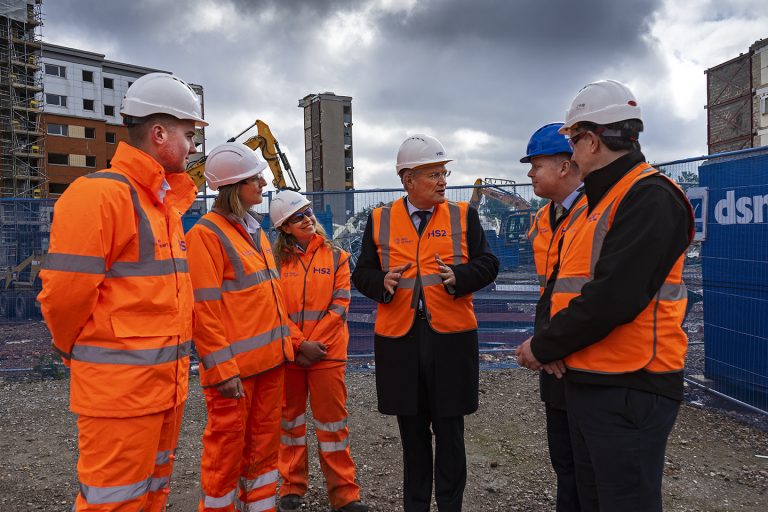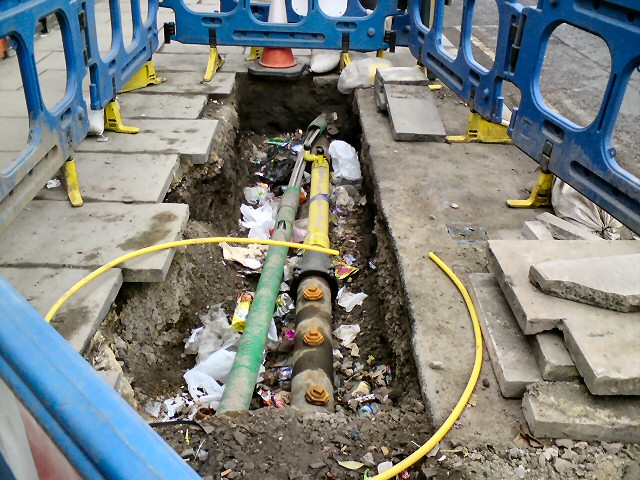Tidal defences in Great Yarmouth are set to receive a £40.3 million refurbishment, upgrading the level of protection from tidal flooding to more than 4,500 homes and businesses in the area. Nearly 4km of flood walls will be improved and updated as part of the project which will better protect the local community from the threat of east coast flooding. Great Yarmouth has a history of flooding. During the 1953 east coast tidal surge, the tidal river defences in the town were breached in several places resulting in loss of life. More recently, in December 2013, approximately 9,000 people were urged to evacuate their homes as a result of the highest ever recorded tide in Great Yarmouth. The work will see 46 flood defence walls refurbished at locations across the town using an innovative technique that will extend their lifespan by up to 30 years. It follows on from the initial five-year phase of work which included the use of a specialised dam, known as a limpet dam, to inspect and repair the steel sheet piles that form the flood walls in a dry environment that would otherwise be underwater. Funding is now in place for the next phase of the multi-partner project, which is being led by the Environment Agency and due to start later this year. The £40.3 million investment, plus £6.2 million for ongoing maintenance, has come from a range of sources including £32.4 million provided by central government. Partnership contributions have come from New Anglia Local Enterprise Partnership, £8.2 million through the Growth Deal programme, and £2.8 million from the Anglian Eastern Regional Flood & Coastal Committee. Norfolk County Council and Great Yarmouth Borough Council have also contributed towards the project and local quayside businesses are supporting through contributions and the provision of compound space. Environment Minister Thérèse Coffey said: “I’m very pleased to see the funding is now in place for this significant improvement to Great Yarmouth’s flood defences. An extra £5.4 million of funding was added to our standard Defra grant in view of additional regeneration objectives to allow this project to proceed with important partnership funding contributions. “Over £32million from direct government investment alongside the partnership funding will ensure 4,500 homes and businesses in the area are better protected from any future tidal flooding.” Sir James Bevan, Chief Executive of the Environment Agency said: “We have worked very closely with our partners to enable this important project to go ahead. The upgraded defences will ensure that the flood defences in Great Yarmouth provide the best standard of protection to the local community for many decades to come. “We are currently consulting on our Flood and Coastal Erosion Risk Management Strategy and this project is a perfect example of some of the ways in which, by working together, we can make communities more resilient for the future.” The first five-year phase of works to replace more than 500 metres of tidal defences was completed in early 2017. The next phase of works is being delivered by the Environment Agency’s contractor JBA-Bentley. Preliminary work for this new phase of improvements began in February. A public drop-in event is being held on 13 June, 2019 at the Kingsgate Community Church, Kings Centre, 30 Queen Anne’s Road, Great Yarmouth, NR31 0LE. The session, which runs from 2pm and 7pm, will offer people the chance to find out more about the project and the partners involved. Cllr Carl Smith, leader of Great Yarmouth Borough Council, said: “The River Yare Tidal Defences are a huge benefit to everyone who lives in, works in and visits our borough, reducing flood risk to our homes, workplaces, and the highways and other vital infrastructure that we use every day, better protecting communities and helping the borough to realise its full economic potential. “Together with the Environment Agency and local businesses, the borough council has played an instrumental role over the years in securing this crucial and most welcome investment from multiple sources, helping with lobbying and developing the robust business case. I’m pleased that work will soon be getting underway on the second phase.” Chair of the Anglia Eastern RFCC, Paul Hayden OBE, said: “Members visited Great Yarmouth both to see the great work that has already been completed on flood defences in the town, and to show their support for partners working together to deliver these vital further improvements. “Our £2.8m contribution to these works comes from a Local Levy collected across Norfolk, Suffolk, Essex, Southend and Thurrock, and this investment is a demonstration of our commitment to protecting homes, jobs and businesses, and in encouraging further economic investment in the town.” Doug Field, chair of New Anglia Local Enterprise Partnership, said: “This project is a great example of how partnership working can deliver projects which have a real impact on our people, places and economy. “Great Yarmouth is a vital part of our all-energy coast. It sits at the centre of the world’s largest market for offshore wind and is of huge strategic importance to our region. “By protecting homes and businesses and creating a safe environment for more to be created, these sea defences will allow the town to reach its potential as a key contributor to our economy.” Cllr Andrew Proctor, Leader of Norfolk County Council said: “This refurbishment work will help to safeguard the future prosperity of Great Yarmouth. This is an important funding partnership which we are happy to support.” The Environment Agency has been leading a conversation with people and organisations who are affected by or work to manage flooding and coastal change. We are now consulting on a draft strategy, which sets out a vision for a nation ready for, and resilient to, flooding and coastal change up to 2100.



